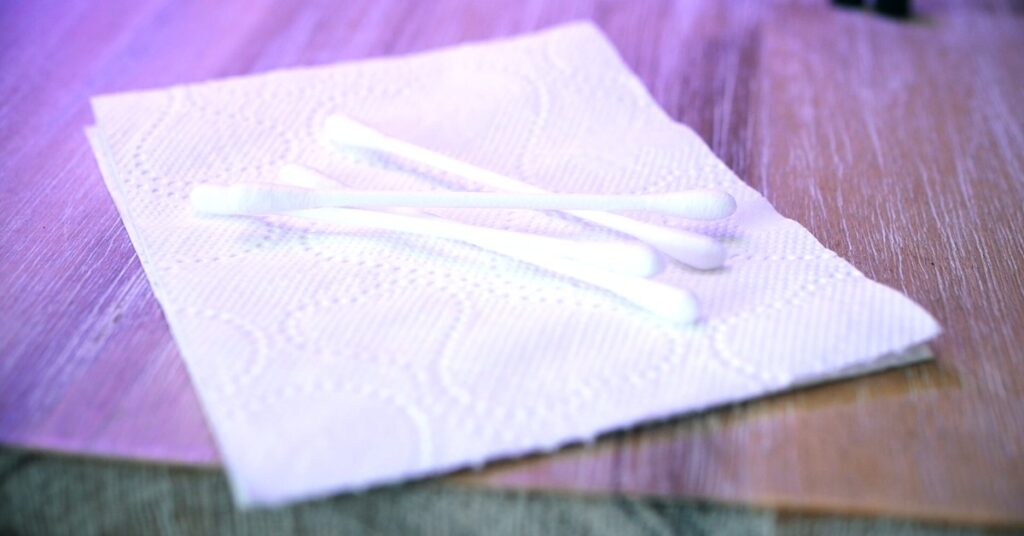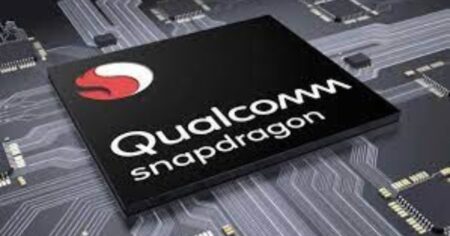
Thermal paste is essential for transferring heat from your computer’s Central Processing Unit (CPU) to the heatsink and preventing overheating. It can dry out or lose effectiveness with time, potentially leading to overheating and decreased efficiency.
This paste degrades over time and must be replaced regularly to preserve your computer’s efficiency. Cleaning thermal paste from a CPU is essential when changing a CPU cooler or reapplying thermal paste to improve heat conductivity.
This article will walk you through on how to clean thermal paste of CPU and adding a fresh coat.
- Why is it necessary to remove old thermal paste?
- Step-by-step for removing thermal paste from CPU:
- 1. Set up your clean workspace:
- 2. Unplug and turn off your computer:
- 3. Electrostatic discharge (ESD) precautions:
- 4. Remove the CPU cooler:
- 5. Clean the old thermal paste:
- 6. Examine for residue:
- 7. Allow time for everything to dry:
- 8. Reapply thermal paste:
- Frequently Asked Questions
Why is it necessary to remove old thermal paste?

Cleaning old thermal paste is critical for preserving heat transfer efficiency between your CPU and the heatsink. Here’s why it’s essential:
- Thermal paste degrades over time owing to heat and environmental variables. Its effectiveness typically begins to wane after a year or two of use.
- As thermal paste deteriorates, it loses its capacity to transfer heat efficiently between the CPU IHS and the heatsink. When new thermal paste is applied over old, the deteriorating old paste can behave as an insulator rather than a heat conductor. As a result, heat transfer efficiency suffers.
- Applying or reapplying thermal paste aims to get the best heat transfer possible. Using a constant, fresh coating of thermal paste of your choice, applied simultaneously, ensures optimal heat transmission efficiency. Leaving outdated thermal paste in place undermines this purpose and blocks optimal cooling performance.
Step-by-step for removing thermal paste from CPU:
You’ll need the following materials:
- Isopropyl alcohol (at least 90% content)

- Cotton swabs and Paper towels

- Anti-static wrist strap (optional but recommended)
- Latex or nitrile gloves (optional, but can help keep your hands clean)
1. Set up your clean workspace:
Working on a clean, static-free surface is recommended. Create a clean and dust-free environment to reduce the possibility of dirt and dust particles interfering with your computer’s internal components. Allow airborne particles to settle before computer maintenance procedures, such as opening your computer case. Wear an anti-static wrist strap to keep delicate parts safe.
2. Unplug and turn off your computer:
Ensures that the PC shuts down completely. Avoid turning off your computer by pressing the “Power” button, which may put it into sleep mode rather than a complete shutdown. Unplug your PC if it is currently plugged into a power outlet. Remove any other devices connected to the PC.
Furthermore, it’s best to let your computer operate briefly before performing maintenance for specific CPU models, such as AMD processors. This “warm-up” phase softens the thermal paste, making it less likely to harm the CPU socket.
3. Electrostatic discharge (ESD) precautions:
Taking electrostatic discharge (ESD) precautions is critical since ESD can severely harm your computer system and its components. It is essential to discharge static electricity from your body and establish a grounding connection to prevent the transfer of static electricity to your computer.
Wear shoes with non-static soles or stand on a hard floor without shoes. Wearing garments that can cause static electricity should be avoided. Use an anti-static bracelet to assist in transmitting static electricity safely. To discharge any collected static charge, you can ground yourself by touching the metal section of your computer’s case.
4. Remove the CPU cooler:
If you’re cleaning the CPU in a computer, you must remove the CPU cooler first. This may require unplugging fans and unscrewing the cooler from the motherboard. Specific instructions can be found in the user manual for your CPU cooler.
5. Clean the old thermal paste:
Dip a cotton swab or lint-free cloth in isopropyl alcohol (at least 90% concentration). Make sure it’s damp but not dripping wet. Wipe the thermal paste from the CPU. To avoid smearing the paste, use a swirling motion.
Use the same procedure to remove the old thermal paste from the heatsink. Take great care to consider where the old paste ends up.

6. Examine for residue:
Examine the area for any leftover residue or stubborn spots. Repeat the cleaning process if any remain until the surfaces are spotless and glowing.
7. Allow time for everything to dry:
Before reapplying the thermal paste and reinstalling the CPU cooler, ensure all surfaces are dry. This usually only takes a few moments.
8. Reapply thermal paste:
Apply a small amount of high-quality thermal paste to the center of the CPU (a pea-sized amount is usually sufficient). Unless your owner’s manual advises differently, don’t worry about doing the same to the heatsink.

Frequently Asked Questions
How to clean thermal paste off backside of the CPU?
Cleaning thermal paste from the back of a CPU is tricky since you don’t want to damage the CPU or any of its sensitive components. If any thermal paste particles are on the CPU’s backside, carefully remove them using a soft brush or a Q-tip. Using light, circular motions, gently wipe the backside of the CPU with a wet cloth. Check that the cloth is damp in Isopropyl alcohol, not soaked. After cleaning, thoroughly inspect the CPU’s backside to confirm that all thermal paste residue has been removed.
How to clean thermal paste off of CPU pins?
You can gently remove thermal paste without damaging the pins with a toothbrush with soft bristles.
In a cup or glass, pour a tiny amount of isopropyl alcohol.
Soak the toothbrush for up to one minute in the alcohol.
Using the toothbrush, gently scrape the thermal paste from the inside of the CPU outwards.
When the toothbrush becomes dirty, wipe it with a paper towel and apply additional alcohol as needed.
Allow the CPU to dry for 2 minutes once you feel all the thermal paste has been removed.









